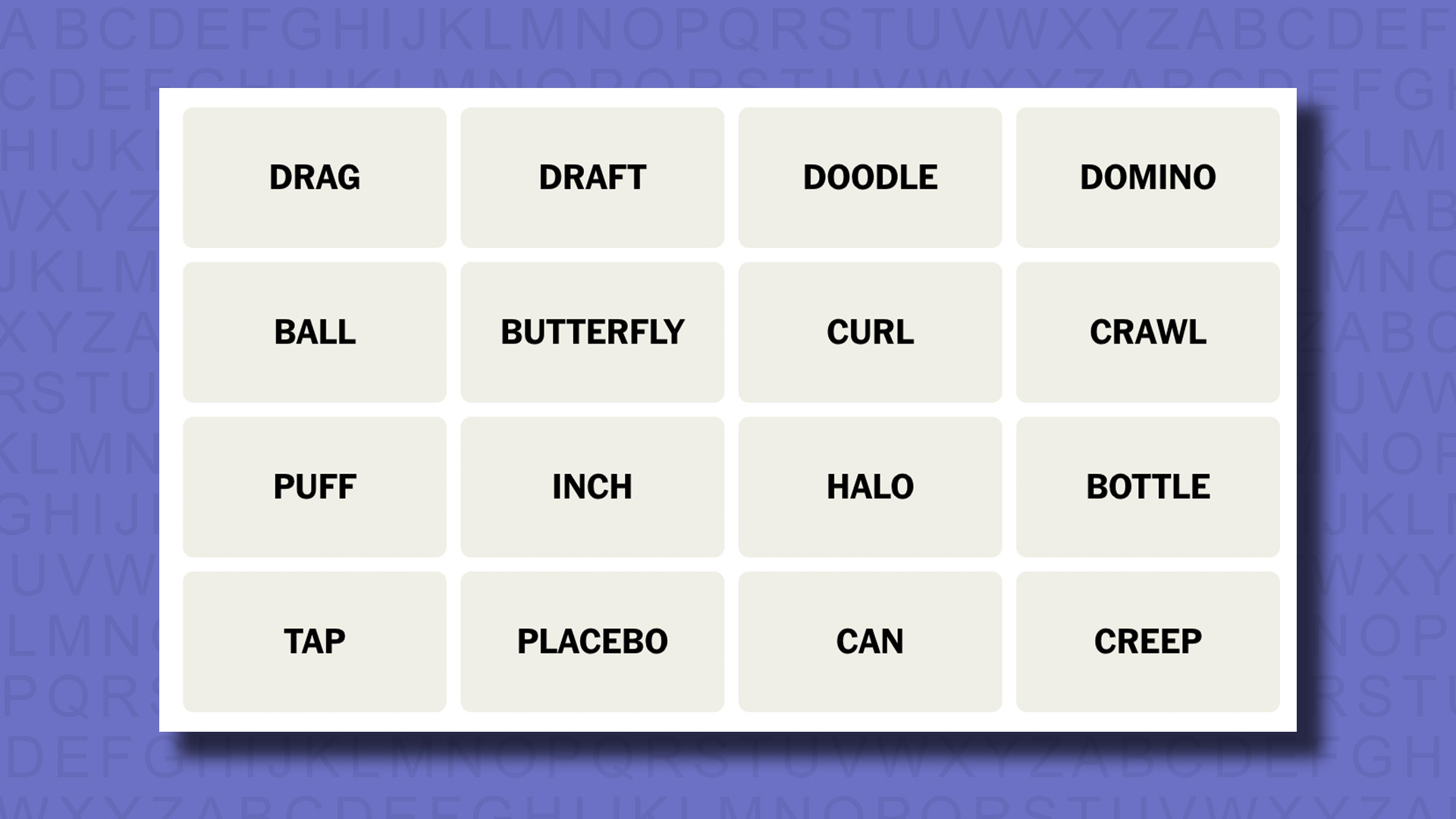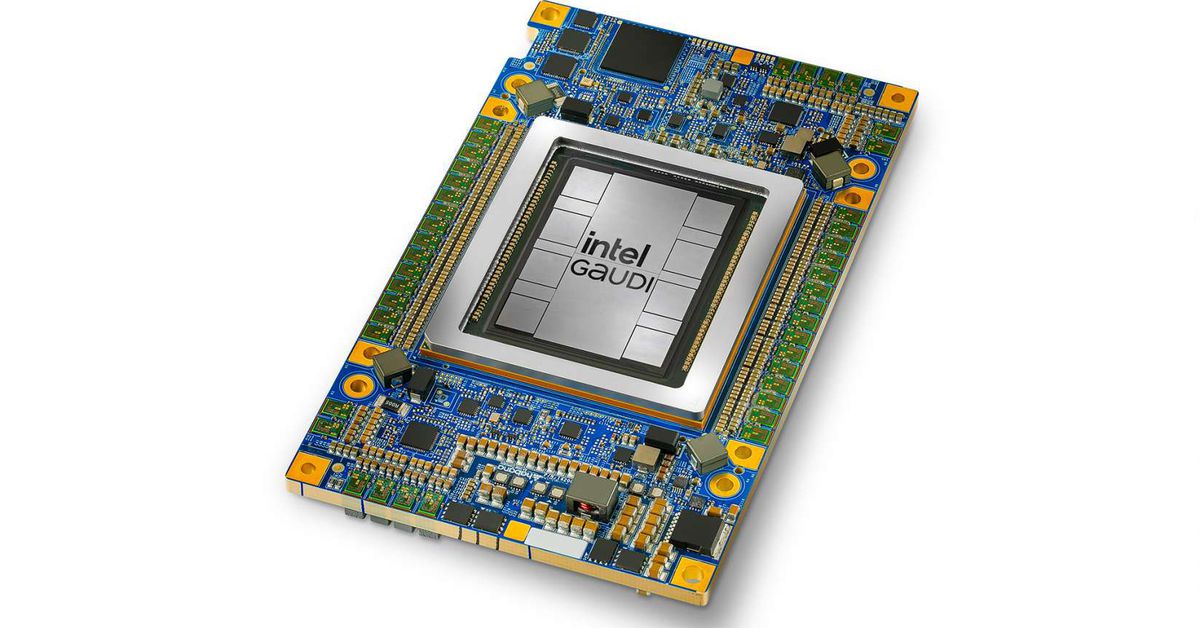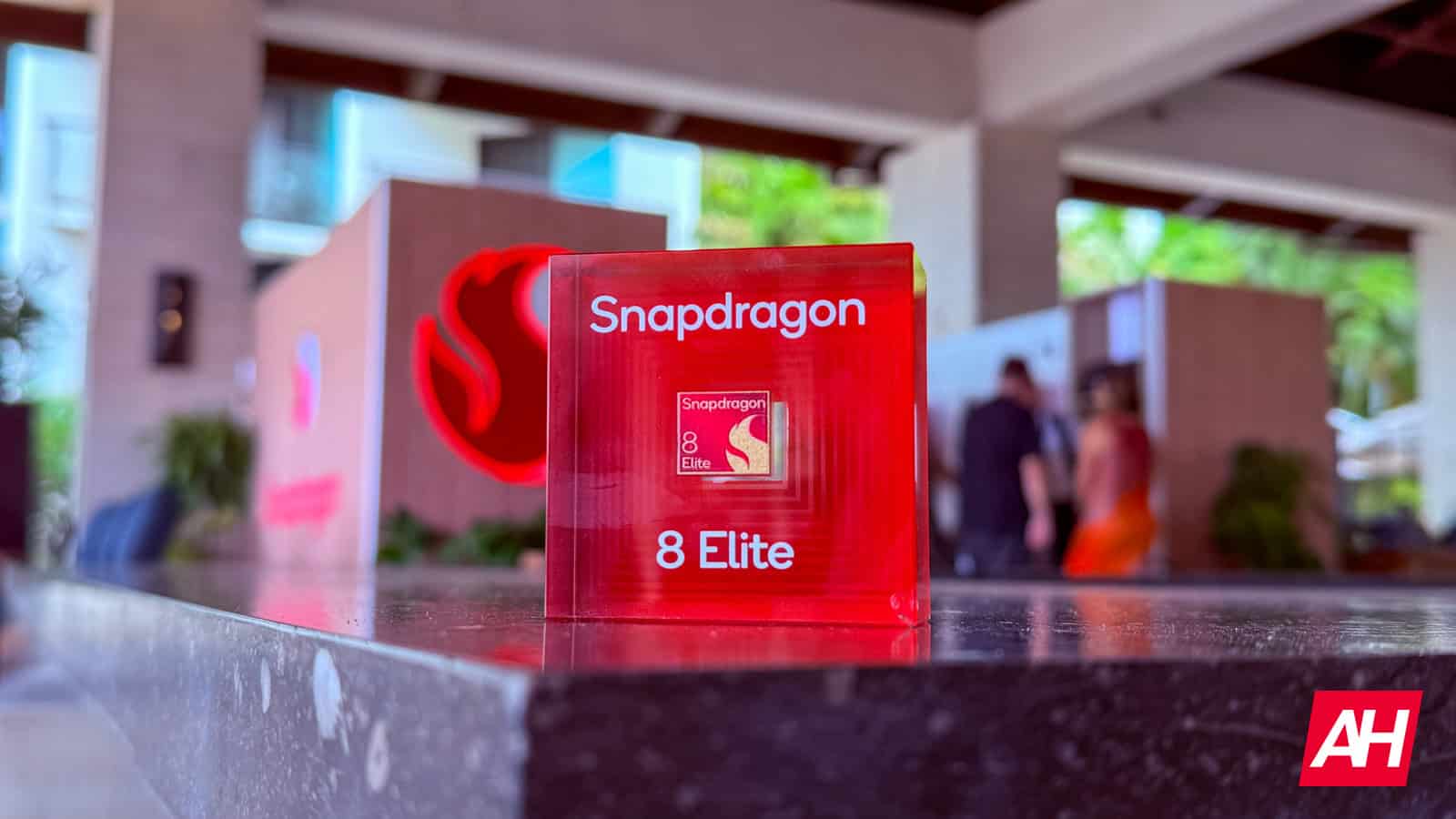Good morning! Let’s play Connections, the NYT’s clever word game that challenges you to group answers in various categories. It can be tough, so read on if you need clues.
What should you do once you’ve finished? Why, play some more word games of course. I’ve also got daily Wordle hints and answers, Strands hints and answers and Quordle hints and answers articles if you need help for those too.
SPOILER WARNING: Information about NYT Connections today is below, so don’t read on if you don’t want to know the answers.

NYT Connections today (game #509) – today’s words

Today’s NYT Connections words are…
- DRAG
- DRAFT
- DOODLE
- DOMINO
- BALL
- BUTTERFLY
- CURL
- CRAWL
- PUFF
- INCH
- HALO
- BOTTLE
- TAP
- PLACEBO
- CAN
- CREEP
NYT Connections today (game #509) – hint #1 – group hints
What are some clues for today’s NYT Connections groups?
- Yellow: You’ll get there in the end
- Green: Thanks, bartender
- Blue: Not a chip, but serves the same purpose
- Purple: Blank [reaction to something]
Need more clues?
We’re firmly in spoiler territory now, but read on if you want to know what the four theme answers are for today’s NYT Connections puzzles…
NYT Connections today (game #509) – hint #2 – group answers
What are the answers for today’s NYT Connections groups?
- YELLOW: PROGRESS SLOWLY
- GREEN: WAYS TO ORDER A BEER
- BLUE: CHEESY CORN SNACK UNIT
- PURPLE: ___ EFFECT
Right, the answers are below, so DO NOT SCROLL ANY FURTHER IF YOU DON’T WANT TO SEE THEM.
NYT Connections today (game #509) – the answers

The answers to today’s Connections, game #509, are…
- YELLOW: PROGRESS SLOWLY CRAWL, CREEP, DRAG, INCH
- GREEN: WAYS TO ORDER A BEER BOTTLE, CAN, DRAFT, TAP
- BLUE: CHEESY CORN SNACK UNIT BALL, CURL, DOODLE, PUFF
- PURPLE: ___ EFFECT BUTTERFLY, DOMINO, HALO, PLACEBO
- My rating: Easy
- My score: Perfect
I like beer, I like cheesy corn snacks, I liked this Connections puzzle, which was definitely at the easier end of the spectrum. Admittedly, that spectrum runs from ‘Fairly tough’ to ‘Absolutely impossible’, so it’s all relative; what I call an ‘easy’ Connections game still represents one of the best brain workouts I get each day.
Unusually, I solved purple first today, which goes some way to indicating why I didn’t find it too tricky. The [blank] variety of answers can be tricky, but once you know to look for them – which I always do, right at the start – they’re really not too bad. The trick is to say the word out loud in your head (an oxymoron, yes) and see what naturally feels like it should go before or after. If I say the word BUTTERFLY my mind instantly completes it with EFFECT. Do the same for PLACEBO, DOMINO and HALO and you have your answer. With the hardest one done, the other three were all relatively easy solves.
How did you do today? Send me an email and let me know.
Yesterday’s NYT Connections answers (Thursday, 31 October, game #508)
- YELLOW: TERMS OF ENDEARMENT DARLING, LOVE, PUMPKIN, TREASURE
- GREEN: THINGS YOU CAN DO WITH YOUR EYELIDS BAT, BLINK, FLUTTER, WINK
- BLUE: SPORTS CARS DIABLO, MUSTANG, SPIDER, VIPER
- PURPLE: ___ HUNT EGG, JOB, SCAVENGER, WITCH
What is NYT Connections?
NYT Connections is one of several increasingly popular word games made by the New York Times. It challenges you to find groups of four items that share something in common, and each group has a different difficulty level: green is easy, yellow a little harder, blue often quite tough and purple usually very difficult.
On the plus side, you don’t technically need to solve the final one, as you’ll be able to answer that one by a process of elimination. What’s more, you can make up to four mistakes, which gives you a little bit of breathing room.
It’s a little more involved than something like Wordle, however, and there are plenty of opportunities for the game to trip you up with tricks. For instance, watch out for homophones and other word games that could disguise the answers.
It’s playable for free via the NYT Games site on desktop or mobile.










































































































































































You must be logged in to post a comment Login